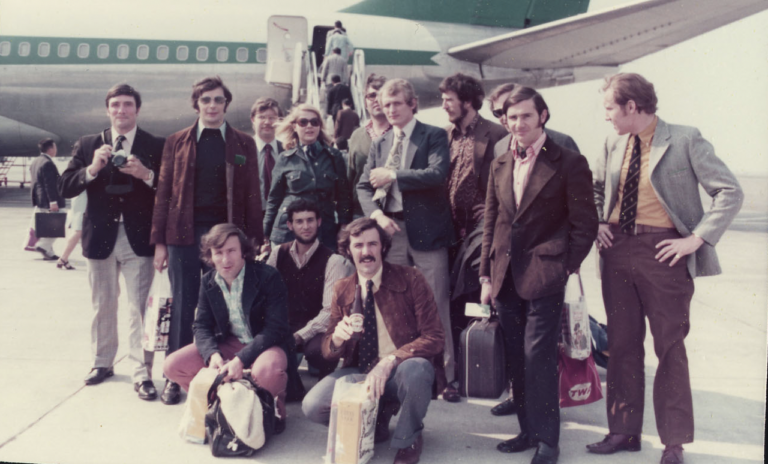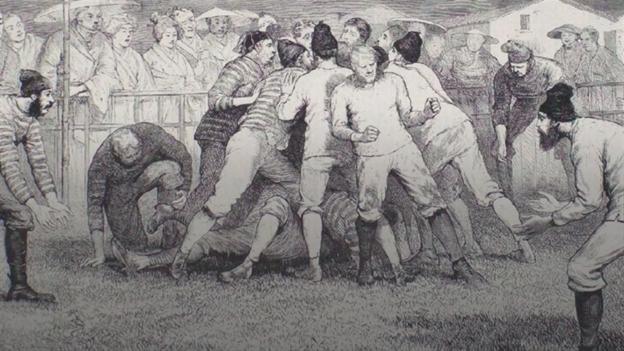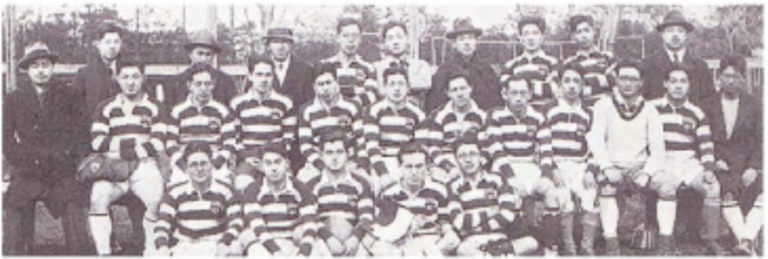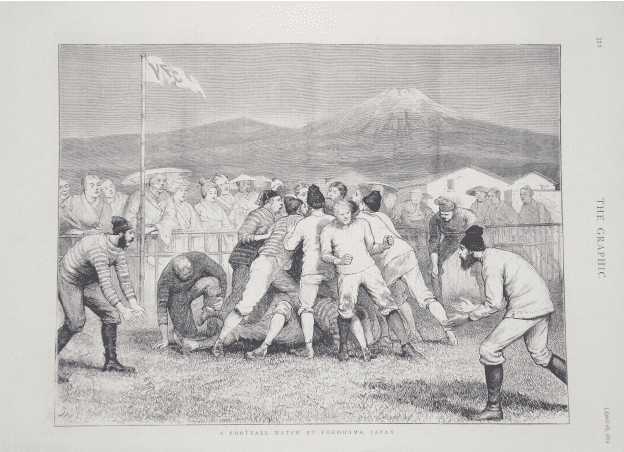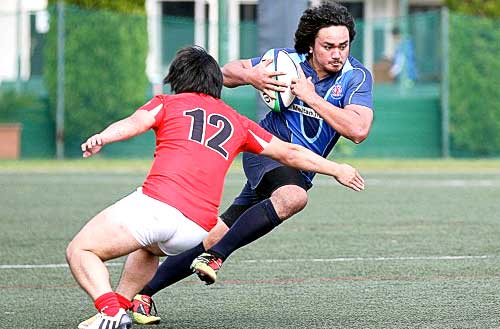Mike Interviewed for Dutch Newspaper
I was interviewed Thursday the 19th of September by Frank HuisKamp
Here are some highlights of the interview in English from the original
Frank asked asked me about ….
When Japan beat South African double world champion at the World Cup on that magical Saturday in September, exactly four years ago, that was perhaps the biggest shock in the history of rugby. 34-32. The Brave Blossoms, the brave blossoms, too strong for the Mighty Springboks. It was only Japan’s second victory at the World Cup ever, where it had been in continuous operation since the first edition in 1987. The team suddenly had the full attention of the nation and it was a big step for Japanese rugby.
On November 2 this year, after a month and a half full of matches, 70,000 people in Yokohama will watch the final of this World Cup rugby, which starts on Friday. Then the entire world top of sport has been in stadiums in Sapporo, Toyota, Kobe, Kamamoto and even Kamaishi, a tiny Japanese town on the northeast coast where the devastation after the great earthquake and tsunami in March 2011 was great. And then there have been about half a million foreign rugby fans in the country, the first in Asia to have been awarded the Rugby World Cup, the first also not among the traditional top sports nations. Japan’s rugby country must become a definitive fact, a major new chapter in history.
we then moved on to the influence of Martial art
That history is rich and goes way back. Documents would show that rugby was already being played in Japan in 1863, “brought” there by British officers. In 1866, the first rugby club, Yokohama Football Club, was established. The Japanese Rugby Association was founded in 1926 and a national team played abroad for the first time in 1930 when it went on tour through Canada.
NRC Sport
Every Sunday morning the best sports stories from NRC and the rest of the world.
“Rugby is almost a martial art in Japan,” says Mike Galbraith from Tokyo. The elderly English sports historian, himself a former rugby player, has been researching the history of rugby in Japan for decades, and was also the one who discovered how far back it was. “Western countries are mainly interested in the competitions. In Japan the focus is on training. They teach you manners. All physical and mental training is for life. ”
Rugby is not baseball, but is now firmly embedded in Japanese sports culture. But there is by no means increasing popularity, not even after the “Miracle of Brighton” in 2015.
Since the end of the 1980s, when, according to Galbraith, rugby was still the second most popular team sport in Japan, it has declined, there are clear reasons for that. First of all, the J.League was founded in 1992, the new top class in football. “Football has done a lot of damage to rugby. Universities play a central role in sport in Japan and when players are ready there they go to companies, the corporate rugby is very popular, and many top players come from there. But the J.League also tried to link these companies to the cities, to the local population. The J.League also focused strongly on the rugby market, including advertisements. In addition, many high schools have made the switch from rugby to football as a sport they offer. ”
Focus on schools
Perhaps the biggest problem for rugby is the structure of sport in Japan, Galbraith explains. The focus is on rugby in schools and every good player wants to go to one of the best universities to play there. But where the top players in England at a certain age already have years of experience at a professional club, that is not the case in Japan. “And suppose you’re good at high school here and you can’t go to a good university, then you have to go to a company, because there are almost no” open “clubs.”
The World Cup is alive, Galbraith will certainly notice that. And the attention will be good for the sport, although he fears that early elimination is disastrous. “Media are relentless here.” Japan will play against Russia on Friday and will also play against Ireland, Scotland and Samoa in Group A.
But only the spotlight that lands on the land as a result of the World Cup will not be enough to bring rugby to the desired new heights in Japan, Galbraith says. This requires structural change, but it will not come soon. “The Japanese League has turned very much inside. They put their heads in the sand there. ”


